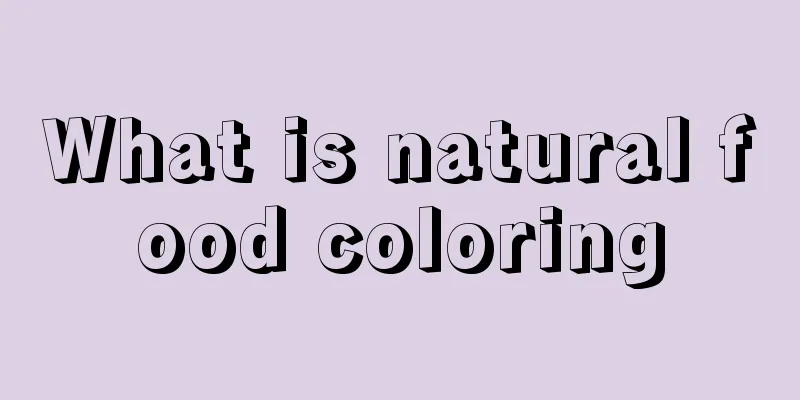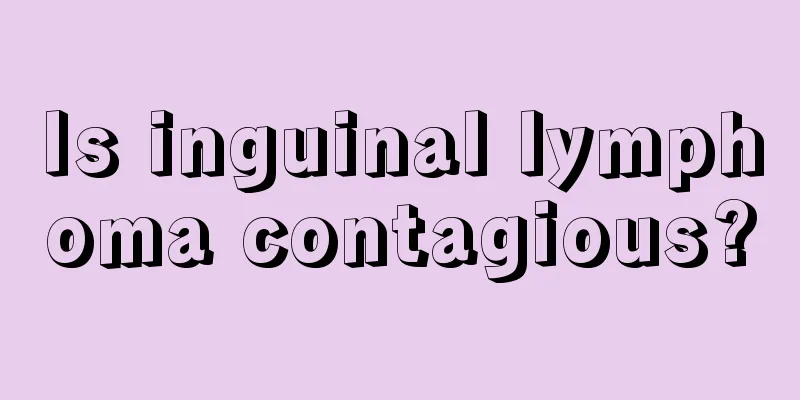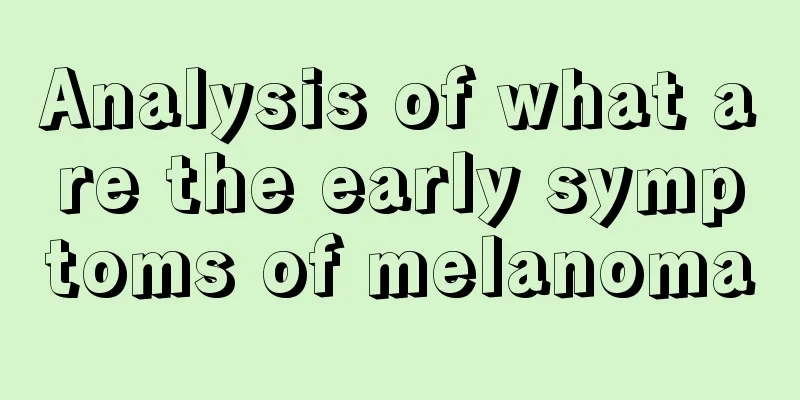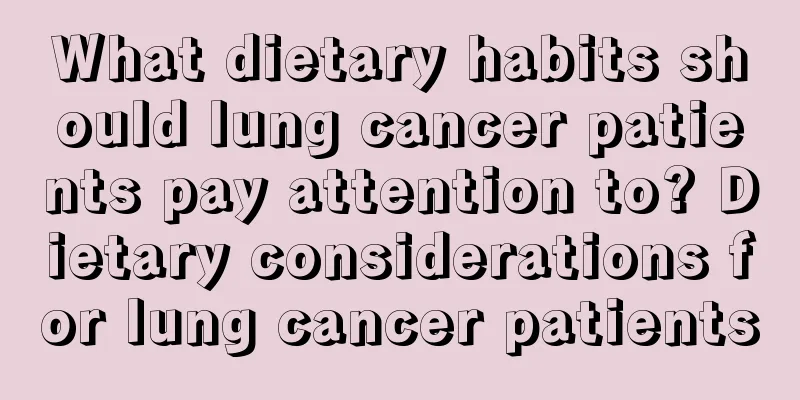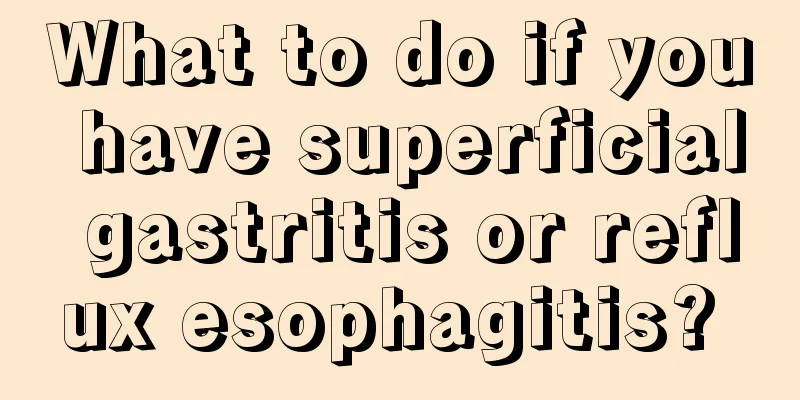How to kill honey bugs without using any medicine
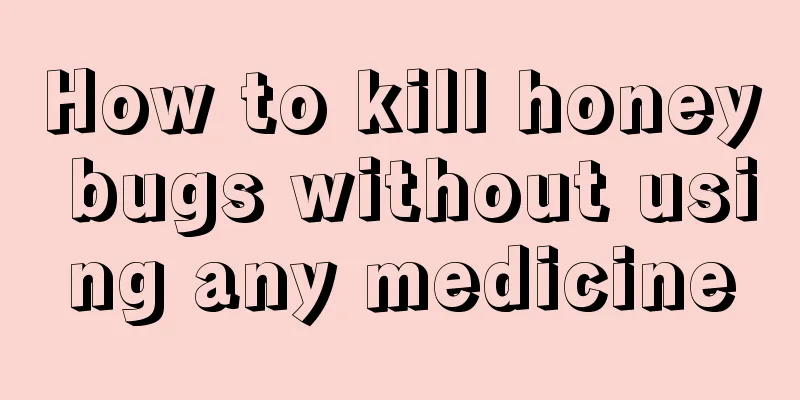
|
Many people may not have heard of honey bees, but I believe that friends who like to grow flowers and plants are particularly familiar with honey bees. Honey bees are also one of the most hated insects by friends who like to grow flowers and plants. Honey bugs, also known as aphids, are a type of herbivorous insect. We may think that once honey bugs are infested on plants, we can just use drugs to kill them. In fact, in addition to killing honey bugs with drugs, there are many other methods that can help us kill honey bugs. 1. Honey Bug Budworms, also known as aphids, glutinous insects and honey insects, are a type of herbivorous insects. Aphids are also one of the most destructive pests on earth. So how do you kill budworms (aphids)? What medicine to use? Can budworms be killed without pesticides? Aphids are widely distributed throughout the world, but are mainly concentrated in temperate regions. In addition, species diversity is much lower in the tropics than in temperate zones. Aphids can migrate long distances, primarily by being carried by the wind; for example, lettuce aphids are thought to have spread from New Zealand to Tasmania in this way. Some human activities can also help aphids migrate, such as transporting plants that have aphids attached to them. 2. What medicine should be used to kill aphids? When using chemicals for control, care should be taken to use as few broad-spectrum contact pesticides as possible, and to select drugs that have less lethality to natural enemies and have greater systemic and conductive effects. In areas where the disease is serious, spray 5 degrees Baume lime sulfur mixture on woody flowers before they sprout to kill overwintering eggs and newly hatched nymphs. When the insect population density is high, you can spray 2000 times diluted 10% imidacloprid wettable powder, 2000~2500 times diluted 3% acetamiprid emulsifiable concentrate, 800~1200 times diluted 40% nicotine sulfate, 1000~2000 times diluted derris oil, 3000 times diluted 50% aphid-repellent emulsifiable concentrate, and 4000 times diluted 10% dolabao suspension concentrate; use 50~100 times diluted 40% oxydemeton-methyl emulsifiable concentrate to apply on the stems, which is safe for plum and cherry blossoms. 3. How to kill honey bugs without using drugs 1. Take 0.5 kg of purple garlic, add a little water and soak it for a while, mash it to get the juice, dilute it 10 times with water, and spray it immediately to kill aphids: take 3 orange peels, soak them in warm water in a teacup, cover it for a day and night, spray it with the juice every day, or soak cigarette butts in water and spray it on the places where there are insects. These two methods are aimed at eliminating aphids on privately planted flowers and plants 2. Soak peach leaves in water for a day and night, add a small amount of quicklime, filter and spray; Or grind the tobacco into fine powder, add a small amount of quicklime and spread it on the ground to achieve good prevention and control effects. 3. Chemical control. Use broad-spectrum contact killers as little as possible, and choose drugs that are less lethal to natural enemies and have greater systemic and conductive effects. In areas where the disease is serious, spray 5 degrees Baume lime sulfur mixture on woody flowers before they sprout to kill overwintering eggs and newly hatched nymphs. When the insect population density is high, you can spray 2000 times diluted 10% imidacloprid wettable powder, 2000~2500 times diluted 3% acetamiprid emulsifiable concentrate, 800~1200 times diluted 40% nicotine sulfate, 1000~2000 times diluted derris oil, 3000 times diluted 50% aphid-repellent emulsifiable concentrate, and 4000 times diluted 10% dolabao suspension concentrate; use 50~100 times diluted 40% oxydemeton-methyl emulsifiable concentrate to apply on the stems, which is safe for plum and cherry blossoms. 4. Use 50 grams of fresh pepper or dried red pepper, add 30-50 grams of water, boil for about half an hour, and use the filtrate to sprinkle on the affected plants for special effects. 5. Use 3-4 grams of washing powder, add 100 grams of water, stir to form a solution, and spray 2-3 times continuously. The prevention and control effect reaches 100%. 6. Use "Wind Oil Essence" to add 600-800 times water to make a solution, spray it with a sprayer to make the medicine stick to the insect body. The effectiveness of killing pests such as aphids and scale insects is over 95%, and it does not cause any harm to the plants. 7. Mix laundry detergent, urea and water in a ratio of 1:4:100, and use it to spray the plants. This will kill insects and fertilize at the same time. |
<<: What medicine can kill root nematodes
Recommend
What are the dangers of lung cancer
Because the cause of lung cancer is still unclear...
Children's cough syrup
When the human body has sore throat and cold symp...
What are the effects of regulating meridians?
In traditional Chinese medicine theory, the human...
What are the steps in Western blotting?
Western blotting is a protein detection technique...
What to do if cerebral infarction compresses the eyes
Due to bad eating and living habits, more and mor...
Is it true that malignant melanoma is not contagious?
Malignant melanoma is not contagious. Malignant m...
How many times a week should chemotherapy and radiotherapy be performed for nasopharyngeal carcinoma?
How many times a week should chemotherapy and rad...
What causes liver cancer? 3 reasons tell you the real cause of liver cancer
The cause of primary liver cancer has not been fu...
What fruits can reduce internal heat?
Fruits are very common and there are many types o...
How to tell if a mango is ripe
Mango is a fruit that is loved by many people. Wh...
Is it good to sleep with your head facing west?
The issue of sleeping direction has always been a...
There are several types of eyes
It is impossible to determine how many types of e...
What's causing the pain on the right side of my head?
Nowadays, everyone is under more and more pressur...
My knees can't bend
The knees play a very critical role in sports, an...
Can alcohol be used to wipe the face?
In real life, alcohol is a relatively common liqu...
